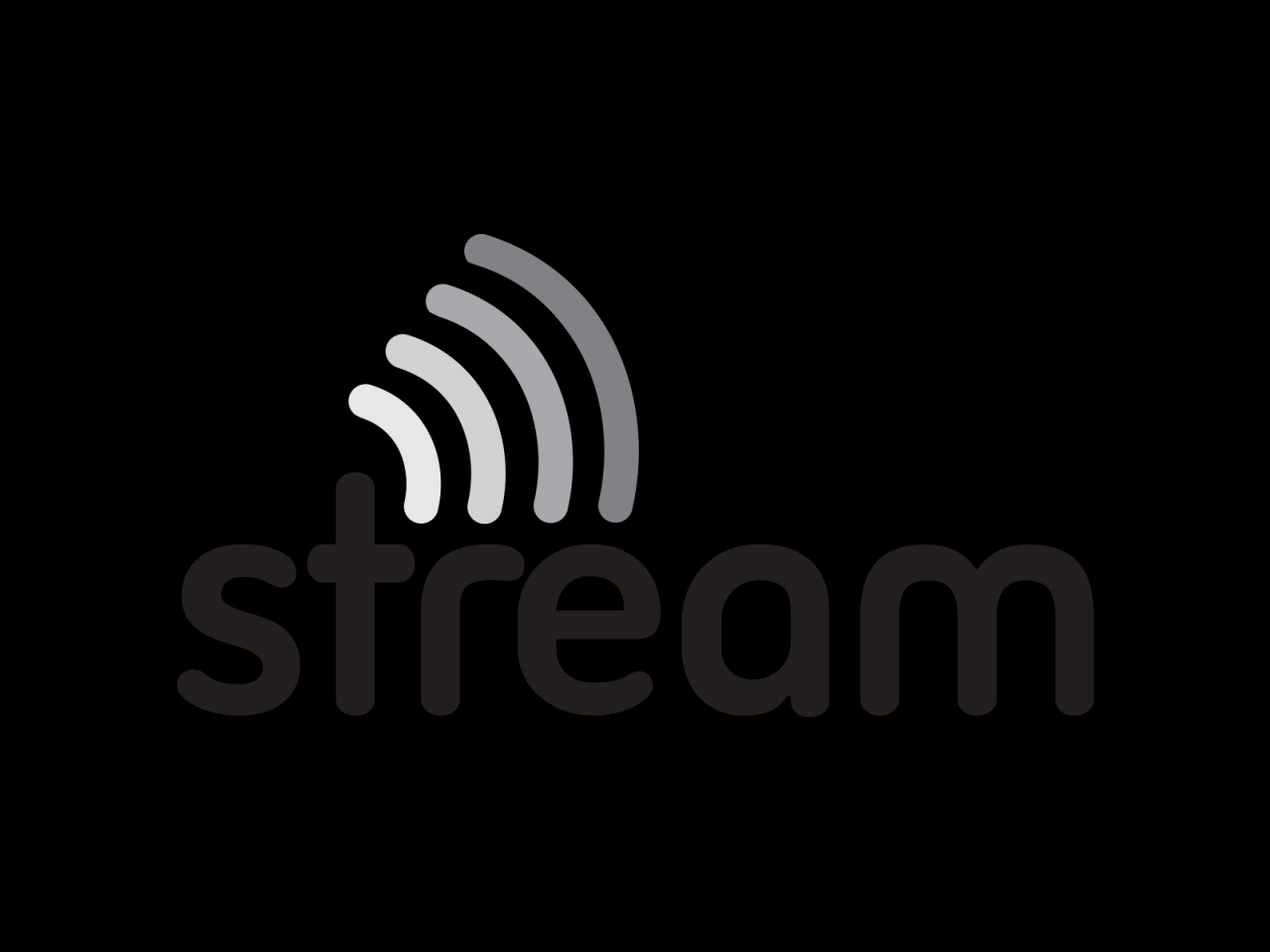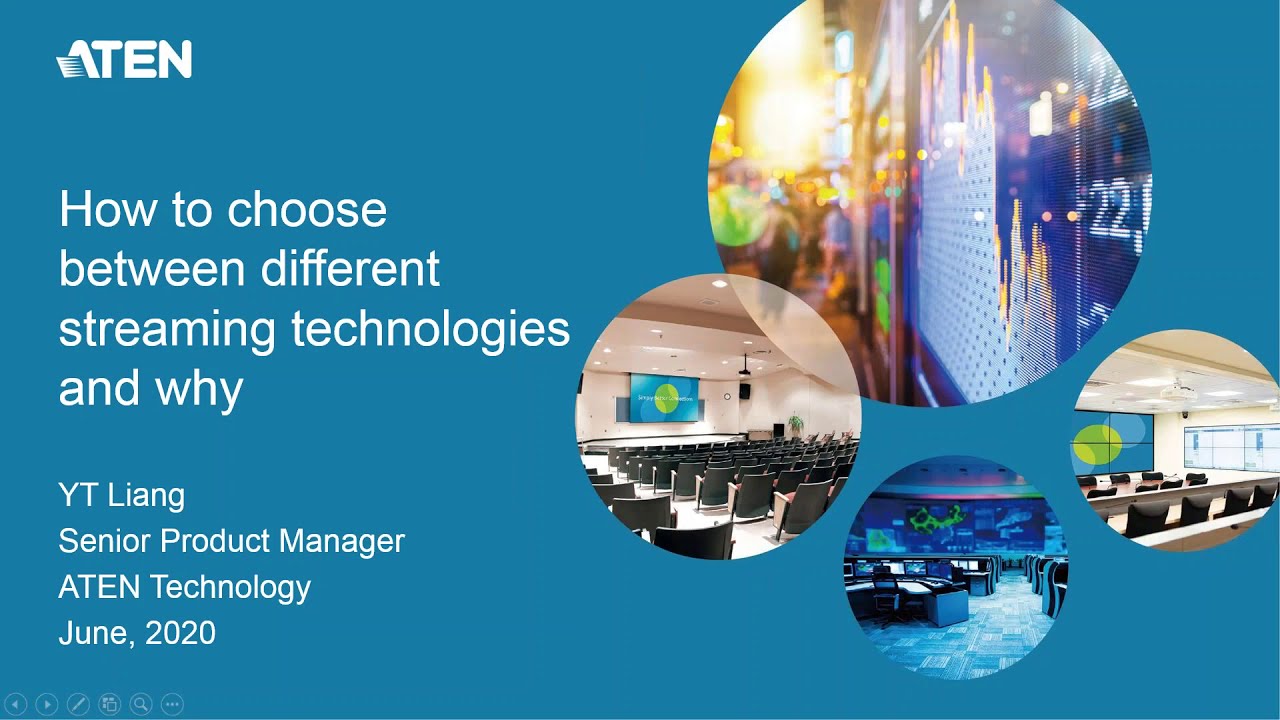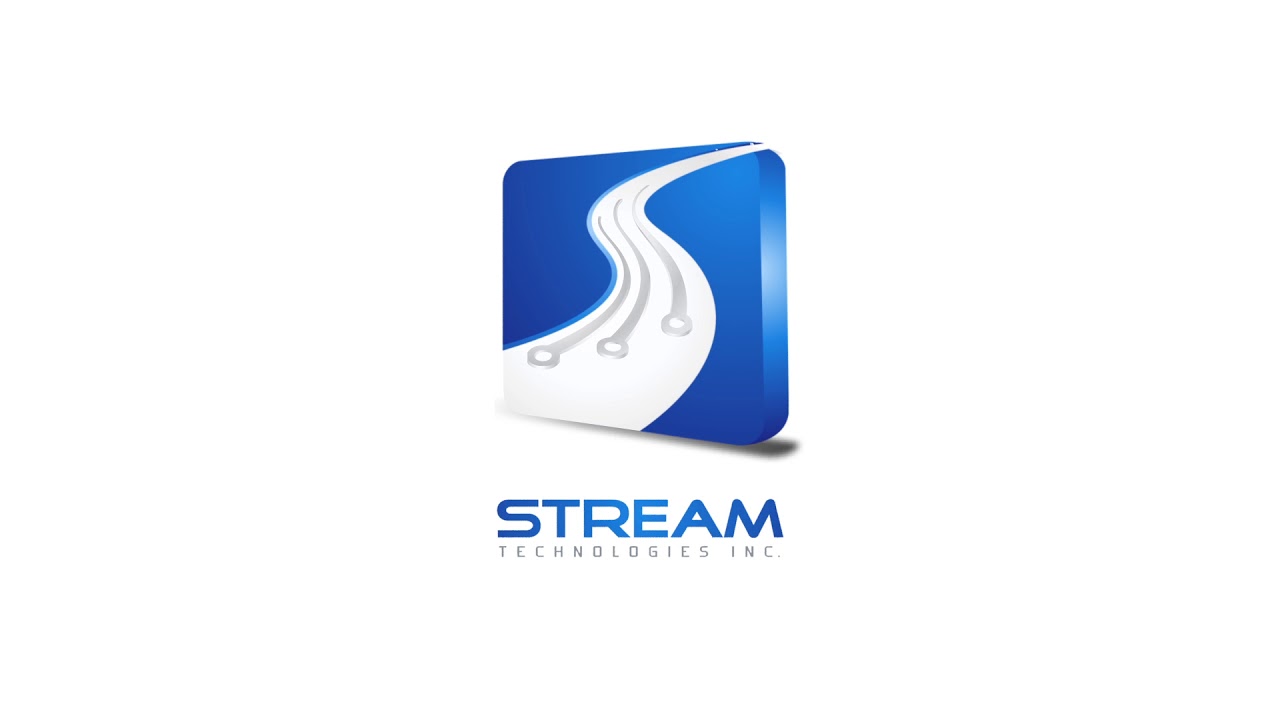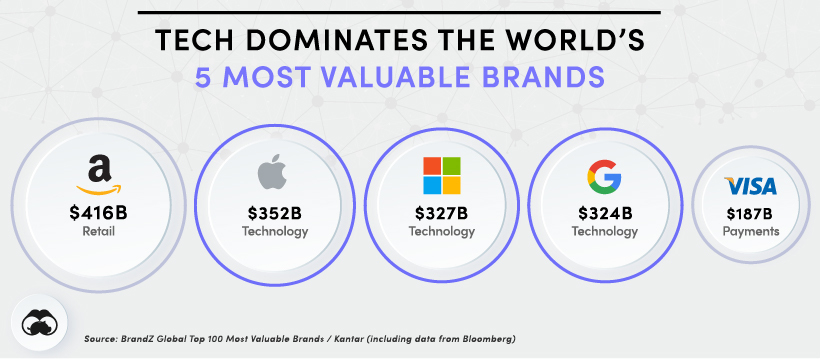Stream Technologies: Modern Data Management
Stream technologies are revolutionizing the way we manage and analyze data in today’s fast-paced world. With the ever-increasing volume and velocity of data, traditional batch processing methods are no longer […]

Stream technologies are revolutionizing the way we manage and analyze data in today’s fast-paced world. With the ever-increasing volume and velocity of data, traditional batch processing methods are no longer sufficient. Stream processing enables real-time insights and decision-making, allowing businesses to adapt quickly to changing conditions and seize opportunities as they arise.
The concept of stream processing involves continuously ingesting, processing, and analyzing data as it arrives, without the need for storing it first. This real-time approach unlocks a wealth of possibilities, from fraud detection and anomaly detection to personalized recommendations and event streaming. By understanding the fundamentals of stream technologies, their various types, and their diverse applications, we can unlock the potential of real-time data analysis and harness its power for innovation and growth.
Introduction to Stream Technologies
In the realm of modern data management, the concept of stream processing has emerged as a transformative force, enabling organizations to gain real-time insights from rapidly flowing data streams. This paradigm shift, driven by the exponential growth of data generated by various sources, empowers businesses to make informed decisions, optimize operations, and unlock new opportunities.
Stream processing involves the continuous ingestion, processing, and analysis of data as it arrives, in contrast to traditional batch processing methods that analyze data in discrete intervals. This real-time approach is crucial for handling high-volume, high-velocity data streams that are prevalent in today’s digital landscape.
History of Stream Technologies
The evolution of stream technologies can be traced back to the early days of computing, where real-time data processing was essential for tasks such as financial trading and network monitoring. However, the limitations of hardware and software hindered the widespread adoption of stream processing.
The advent of cloud computing and the rise of big data ushered in a new era for stream technologies. Open-source frameworks like Apache Storm and Apache Kafka gained immense popularity, providing scalable and robust platforms for building real-time data processing pipelines.
Real-World Applications of Stream Technologies
Stream technologies find applications across a wide range of industries and use cases. Here are some prominent examples:
- Fraud Detection: Stream processing enables financial institutions to detect fraudulent transactions in real time by analyzing patterns in transaction data. This proactive approach helps prevent financial losses and enhances security.
- Real-Time Analytics: Stream processing allows businesses to gain real-time insights into customer behavior, website traffic, and market trends. This data can be used to personalize customer experiences, optimize marketing campaigns, and make informed business decisions.
- IoT Data Management: Stream technologies are essential for handling the massive amounts of data generated by connected devices in the Internet of Things (IoT). Real-time analysis of IoT data enables remote monitoring, predictive maintenance, and smart automation.
- Social Media Monitoring: Stream processing is used to analyze social media feeds for sentiment analysis, brand monitoring, and trend detection. This helps businesses understand public perception, track brand reputation, and respond to customer feedback in real time.
Types of Stream Technologies

Stream technologies encompass a diverse range of tools and platforms designed to process and analyze data in real-time. These technologies play a crucial role in various applications, from fraud detection and personalized recommendations to real-time analytics and IoT data management. Understanding the different types of stream technologies and their key characteristics is essential for selecting the most appropriate solution for specific use cases.
Categorization of Stream Technologies
Stream technologies can be categorized based on their functionalities and architectural approaches. This categorization provides a structured framework for understanding the strengths and weaknesses of different technologies and selecting the most suitable option for a given application.
- Message Queues: These technologies facilitate asynchronous communication between applications by providing a temporary storage mechanism for messages. They enable decoupling of producers and consumers, allowing applications to operate independently without blocking each other. Examples include Apache Kafka, RabbitMQ, and Amazon SQS.
- Stream Processing Engines: These engines process continuous streams of data in real-time, performing computations and generating insights. They offer various functionalities, including data aggregation, filtering, and windowing. Popular examples include Apache Flink, Apache Spark Streaming, and Apache Storm.
- Real-time Analytics Platforms: These platforms provide a comprehensive suite of tools and services for analyzing real-time data streams. They often combine stream processing capabilities with data visualization, machine learning, and other advanced analytics features. Examples include Amazon Kinesis, Google Cloud Dataflow, and Microsoft Azure Stream Analytics.
- Data Pipelines: These pipelines automate the flow of data from its source to its destination, often involving real-time processing and transformation steps. They enable efficient data movement and processing, supporting various use cases, including data ingestion, enrichment, and analysis. Examples include Apache Airflow, Prefect, and Luigi.
Key Features and Use Cases of Stream Technologies
The table below summarizes the key features and use cases of different stream technologies.
| Technology | Category | Key Features | Use Cases |
|---|---|---|---|
| Apache Kafka | Message Queue | High throughput, low latency, fault tolerance, distributed architecture | Event streaming, real-time data ingestion, microservices communication |
| RabbitMQ | Message Queue | Flexible routing, message persistence, multiple protocols supported | Asynchronous communication, task queues, message-driven applications |
| Apache Flink | Stream Processing Engine | State management, windowing, fault tolerance, low latency | Real-time analytics, fraud detection, anomaly detection |
| Apache Spark Streaming | Stream Processing Engine | Micro-batch processing, integration with Spark ecosystem, scalability | Real-time data aggregation, ETL, machine learning on streaming data |
| Amazon Kinesis | Real-time Analytics Platform | Data ingestion, stream processing, analytics, machine learning | Real-time data pipelines, event-driven applications, data exploration |
| Google Cloud Dataflow | Real-time Analytics Platform | Scalable data processing, serverless architecture, unified data pipeline | Real-time data analysis, data transformation, machine learning |
| Apache Airflow | Data Pipeline | Workflow management, task scheduling, monitoring, and orchestration | Data ingestion, ETL, data quality checks, machine learning pipelines |
Key Concepts in Stream Processing: Stream Technologies
Stream processing is a powerful paradigm for handling continuous data streams, enabling real-time analysis and decision-making. It involves a series of steps, each defined by key concepts that orchestrate the flow of data.
Ingestion, Stream technologies
Ingestion is the initial step in stream processing, where raw data from various sources is captured and transformed into a format suitable for processing.
- Data Sources: Data sources can be diverse, including sensors, social media feeds, financial markets, and web server logs. Each source may have its own format and transmission protocol.
- Data Formats: Stream processing systems typically require data to be in a structured format, such as JSON, Avro, or Protobuf, to facilitate parsing and analysis.
- Data Ingestion Tools: Tools like Apache Kafka, Apache Flume, and Amazon Kinesis are commonly used to ingest data streams, providing features such as high throughput, fault tolerance, and scalability.
Processing
Processing involves applying transformations and computations on the ingested data stream to extract meaningful insights.
- Data Transformations: Transformations can include filtering, aggregation, enrichment, and data cleaning to prepare data for further analysis.
- Computational Logic: Stream processing systems often use query languages like SQL or domain-specific languages to define processing logic, enabling complex computations and data manipulation.
- Real-time Processing: The key characteristic of stream processing is its ability to process data in real time, enabling immediate analysis and decision-making based on the latest data.
Aggregation
Aggregation involves combining multiple data points in a stream to produce summary statistics or derived metrics.
- Aggregate Functions: Common aggregate functions include sum, count, average, minimum, and maximum, allowing for calculating trends, patterns, and outliers.
- Time-based Aggregation: Aggregation can be performed over specific time windows, such as hourly, daily, or weekly, providing insights into data trends over different time scales.
- Group-based Aggregation: Aggregation can also be applied to data grouped by specific attributes, such as user ID or product category, enabling insights into different segments of data.
Windowing
Windowing is a technique used to partition a continuous data stream into smaller, manageable chunks for processing.
- Time-based Windows: Time-based windows define a fixed duration for each chunk, such as 1-second, 5-minute, or 1-hour windows. This allows for analyzing data trends over specific time intervals.
- Count-based Windows: Count-based windows define a fixed number of events for each chunk, allowing for processing a specific number of data points at a time.
- Sliding Windows: Sliding windows allow for overlapping chunks, enabling the analysis of data trends across multiple windows. This can provide more detailed insights into data patterns and anomalies.
State Management
State management is crucial in stream processing, as it allows for storing and retrieving information about the processed data stream.
- State Storage: Stream processing systems use various state storage mechanisms, such as in-memory databases, distributed key-value stores, or persistent storage, to store state information.
- State Updates: State information is updated as new data arrives, reflecting the current state of the processed stream. This allows for maintaining context and making informed decisions based on past events.
- State Consistency: Ensuring consistency and accuracy of state information is crucial for reliable stream processing. Techniques like distributed consensus protocols and fault-tolerant state management mechanisms are employed to maintain data integrity.
Output
Output refers to the final stage of stream processing, where processed data is made available to consumers or other applications.
- Output Formats: Output data can be presented in various formats, such as dashboards, reports, alerts, or real-time visualizations, depending on the intended use case.
- Output Channels: Output data can be delivered through different channels, including databases, message queues, file systems, or web services, allowing for integration with other systems and applications.
- Real-time Delivery: Stream processing systems prioritize real-time delivery of output data, enabling immediate action and decision-making based on the latest insights.
Challenges in Stream Processing
Stream processing, while offering powerful capabilities for real-time data analysis and decision-making, comes with its own set of challenges. Understanding these challenges is crucial for successful implementation and management of stream processing systems.
Data Volume and Velocity
The sheer volume and velocity of data in real-time scenarios pose significant challenges for stream processing systems. High-throughput data streams can overwhelm processing resources, leading to delays, backlogs, and potential data loss.
- Resource Constraints: Processing large volumes of data in real-time requires substantial computing power, memory, and storage capacity. Scaling resources to handle peak loads can be expensive and complex.
- Data Ingestion: Efficiently ingesting data from various sources, including sensors, APIs, and databases, at high speeds is critical. Efficient data ingestion mechanisms are essential to prevent bottlenecks and ensure timely processing.
- Data Partitioning and Distribution: Distributing data across multiple processing nodes is crucial for parallel processing and scalability. Effective partitioning and distribution strategies are needed to ensure data is processed efficiently and evenly.
Data Quality and Consistency
Maintaining data quality and consistency in real-time streams is essential for accurate analysis and reliable decision-making.
- Data Validation and Cleaning: Real-time data often contains errors, inconsistencies, and missing values. Implementing data validation and cleaning mechanisms is crucial to ensure data quality and prevent erroneous results.
- Data Integrity and Consistency: Ensuring data integrity and consistency across distributed systems is challenging, especially in real-time scenarios. Mechanisms like distributed consensus protocols and data replication strategies are often employed to address this challenge.
- Data Schema Evolution: Data schemas can change over time, requiring stream processing systems to adapt and handle evolving data structures. Flexible schema management and data transformation capabilities are essential for handling such changes.
Scalability and Performance
Stream processing systems need to scale efficiently to handle increasing data volumes and processing demands. Performance optimization is crucial to ensure timely processing and low latency.
- Horizontal Scalability: Stream processing systems should be able to scale horizontally by adding more processing nodes to handle increasing data volumes. This requires efficient load balancing and distributed processing capabilities.
- Performance Optimization: Optimizing data processing algorithms, using efficient data structures, and minimizing network communication are crucial for achieving high performance. This often involves leveraging techniques like parallel processing, caching, and data compression.
- Resource Utilization: Efficient resource utilization is critical for cost-effectiveness and performance. Balancing resource allocation across processing nodes and minimizing idle resources are essential for optimal performance.
Security and Privacy
Securing sensitive data and ensuring privacy are paramount concerns in stream processing.
- Data Encryption: Encrypting data at rest and in transit is essential to protect sensitive information from unauthorized access. Encryption mechanisms should be robust and efficient to minimize performance overhead.
- Access Control and Authorization: Implementing access control mechanisms to restrict access to sensitive data is crucial. Authorization policies should be defined and enforced to ensure only authorized users and applications can access the data.
- Data Masking and Anonymization: Techniques like data masking and anonymization can be used to protect sensitive data while still allowing for analysis and insights. These techniques help balance the need for data privacy with the need for data utility.
Fault Tolerance and Resilience
Stream processing systems should be designed to be fault-tolerant and resilient to failures.
- Redundancy and Replication: Replicating data and processing nodes provides redundancy, allowing the system to continue operating even if some components fail. This ensures data availability and uninterrupted processing.
- Error Handling and Recovery: Implementing robust error handling mechanisms and recovery procedures is crucial for dealing with unexpected failures. This involves identifying and isolating errors, recovering from failures, and ensuring data consistency.
- Monitoring and Alerting: Monitoring system health and performance is essential for detecting and responding to potential issues. Real-time monitoring and alerting mechanisms should be in place to provide early warnings and facilitate timely interventions.
Popular Stream Processing Platforms
The world of stream processing is populated by a diverse range of platforms, each offering a unique set of strengths and weaknesses. Understanding these platforms and their respective use cases is crucial for choosing the right tool for your specific needs.
Comparison of Popular Stream Processing Platforms
Stream processing platforms are designed to handle continuous data streams in real-time. They offer various capabilities, such as data ingestion, transformation, aggregation, and analysis. Here’s a comparison of some popular platforms:
| Platform | Strengths | Weaknesses | Use Cases |
|---|---|---|---|
| Apache Kafka |
|
|
|
| Apache Flink |
|
|
|
| Apache Spark Streaming |
|
|
|
| Amazon Kinesis |
|
|
|
Applications of Stream Technologies

Stream technologies have revolutionized how we process and analyze data in real time, enabling us to gain insights and make decisions faster than ever before. These technologies find applications in various domains, from real-time analytics to fraud detection and recommendation systems.
Real-time Analytics and Monitoring
Real-time analytics and monitoring are critical for businesses to understand their operations and customer behavior in real time. Stream technologies enable organizations to process vast amounts of data as it arrives, providing immediate insights and actionable intelligence.
- Website Monitoring: Stream technologies are used to monitor website performance and user activity in real time. This helps identify bottlenecks, detect errors, and improve user experience. For example, by tracking website traffic and user interactions, businesses can identify spikes in traffic, detect performance issues, and optimize their website for better user engagement.
- Social Media Monitoring: Stream technologies are used to monitor social media conversations, identify trends, and understand public sentiment. This helps businesses respond to customer feedback, manage their brand reputation, and identify opportunities for marketing campaigns. For example, a company can use stream technologies to track mentions of their brand on social media platforms, analyze sentiment towards their products, and identify influencers who are talking about their brand.
- Financial Market Monitoring: Stream technologies are used to monitor financial markets and detect anomalies. This helps traders make informed decisions, manage risk, and identify opportunities. For example, a hedge fund can use stream technologies to analyze real-time market data, identify patterns, and predict market movements.
Fraud Detection and Anomaly Detection
Stream technologies play a crucial role in fraud detection and anomaly detection by analyzing data in real time to identify suspicious activities and patterns.
- Credit Card Fraud Detection: Stream technologies are used to analyze credit card transactions in real time and detect fraudulent activities. This helps financial institutions prevent losses and protect customers. For example, by analyzing transaction patterns, a bank can identify transactions that deviate from the normal spending habits of a cardholder, such as unusual amounts or locations, and flag them for further investigation.
- Network Intrusion Detection: Stream technologies are used to monitor network traffic and detect suspicious activities that might indicate an intrusion. This helps organizations protect their systems and data from cyberattacks. For example, a network security system can use stream technologies to analyze network traffic in real time, identify patterns that deviate from normal behavior, and alert security personnel to potential threats.
- Anomaly Detection in Industrial Processes: Stream technologies are used to monitor industrial processes and detect anomalies that could indicate equipment failure or process malfunction. This helps organizations optimize their operations, improve efficiency, and prevent downtime. For example, a manufacturing company can use stream technologies to monitor sensor data from their machines, identify anomalies that might indicate a potential failure, and schedule maintenance before a breakdown occurs.
Recommendation Systems and Personalization
Stream technologies are essential for building recommendation systems and personalized experiences by analyzing user behavior and preferences in real time.
- E-commerce Recommendations: Stream technologies are used to personalize product recommendations based on user browsing history, purchase history, and other data. This helps e-commerce businesses increase sales and improve customer satisfaction. For example, an online retailer can use stream technologies to recommend products to customers based on their previous purchases, browsing history, and items viewed by other customers with similar preferences.
- Content Recommendation: Stream technologies are used to recommend content to users based on their interests, preferences, and past behavior. This helps content platforms increase engagement and user satisfaction. For example, a streaming service can use stream technologies to recommend movies and TV shows to users based on their viewing history, ratings, and genres they enjoy.
- Personalized Marketing: Stream technologies are used to personalize marketing campaigns based on user data and behavior. This helps businesses target their messages effectively and increase conversion rates. For example, a company can use stream technologies to segment its customers based on their demographics, interests, and past interactions, and deliver personalized marketing messages that are more likely to resonate with each segment.
IoT Data Processing and Analysis
Stream technologies are crucial for processing and analyzing data from IoT devices in real time, enabling organizations to gain insights and make informed decisions.
- Smart City Applications: Stream technologies are used to analyze data from sensors deployed in smart cities, such as traffic sensors, air quality sensors, and parking sensors. This helps city planners optimize traffic flow, improve air quality, and manage parking resources efficiently. For example, a city can use stream technologies to analyze traffic data in real time, identify bottlenecks, and adjust traffic light timings to optimize traffic flow.
- Industrial Automation: Stream technologies are used to process data from sensors and actuators in industrial settings, enabling real-time monitoring and control of industrial processes. This helps organizations optimize production efficiency, reduce downtime, and improve safety. For example, a manufacturing company can use stream technologies to monitor sensor data from their machines, detect anomalies that might indicate a potential failure, and adjust production parameters in real time to optimize efficiency.
- Predictive Maintenance: Stream technologies are used to analyze data from sensors in industrial equipment to predict potential failures and schedule maintenance before breakdowns occur. This helps organizations reduce downtime, improve equipment lifespan, and minimize maintenance costs. For example, an airline can use stream technologies to analyze data from sensors on their aircraft engines, identify potential issues before they lead to a breakdown, and schedule maintenance proactively.
Event Streaming and Message Queuing
Stream technologies play a vital role in event streaming and message queuing, enabling real-time communication and data exchange between applications and systems.
- Microservices Communication: Stream technologies are used to facilitate communication between microservices, enabling them to exchange data and events in real time. This helps organizations build scalable and resilient applications. For example, a company can use stream technologies to enable different microservices to communicate with each other, such as a service that handles order processing to communicate with a service that manages inventory.
- Real-time Data Integration: Stream technologies are used to integrate data from different sources in real time, enabling organizations to build a unified view of their data. This helps organizations make better decisions and improve their operations. For example, a company can use stream technologies to integrate data from their CRM system, ERP system, and social media platforms, creating a single source of truth for customer data.
- Real-time Data Pipelines: Stream technologies are used to build real-time data pipelines, enabling organizations to process and analyze data as it arrives. This helps organizations gain insights and make decisions faster than ever before. For example, a company can use stream technologies to build a real-time data pipeline that processes data from their website, social media platforms, and other sources, enabling them to analyze customer behavior in real time and make informed decisions about marketing campaigns and product development.
Future Trends in Stream Technologies
Stream technologies are constantly evolving, driven by the increasing demand for real-time insights and the emergence of new technologies. This section will explore some of the most prominent future trends in stream technologies, highlighting their potential impact on various industries.
Edge Computing and Stream Processing at the Edge
Edge computing involves processing data closer to its source, minimizing latency and improving responsiveness. This is particularly relevant for stream processing, where real-time analysis is crucial. As the volume of data generated at the edge continues to grow, stream processing at the edge will become increasingly important for applications such as:
- Internet of Things (IoT): Real-time analysis of sensor data from connected devices for predictive maintenance, anomaly detection, and resource optimization.
- Autonomous Vehicles: Processing sensor data from cameras, lidar, and radar in real-time for navigation, obstacle avoidance, and driver assistance.
- Industrial Automation: Monitoring and controlling industrial processes in real-time for efficiency improvements, quality control, and safety.
Integration with Machine Learning and Artificial Intelligence
Stream processing and machine learning are becoming increasingly intertwined, enabling real-time insights and predictions based on streaming data. This integration can enhance various applications, such as:
- Fraud Detection: Real-time identification of fraudulent transactions by analyzing streaming data and using machine learning models to detect suspicious patterns.
- Personalized Recommendations: Providing personalized recommendations to users based on their real-time behavior and preferences, using machine learning algorithms trained on streaming data.
- Predictive Maintenance: Predicting equipment failures by analyzing sensor data streams and using machine learning models to identify potential issues before they occur.
Stream Processing for Blockchain and Distributed Ledger Technologies
Blockchain and distributed ledger technologies (DLTs) are revolutionizing various industries by providing secure and transparent data management systems. Stream processing plays a crucial role in these technologies, enabling real-time analysis of blockchain transactions and events. Key applications include:
- Real-time Transaction Monitoring: Analyzing blockchain transactions in real-time for fraud detection, compliance monitoring, and risk assessment.
- Decentralized Finance (DeFi): Facilitating real-time analysis of DeFi protocols and applications, enabling faster and more efficient financial operations.
- Supply Chain Management: Tracking goods and materials in real-time using blockchain and stream processing to ensure transparency, traceability, and security.
Serverless Stream Processing and Cloud-Native Architectures
Serverless stream processing platforms offer a cost-effective and scalable approach to handling real-time data. These platforms eliminate the need for managing infrastructure, allowing developers to focus on building applications. Cloud-native architectures, with their inherent scalability and flexibility, provide an ideal environment for serverless stream processing. Key benefits include:
- Scalability: Automatically scaling resources up or down based on demand, ensuring optimal performance and cost efficiency.
- Cost Efficiency: Pay-as-you-go pricing models, eliminating the need for upfront investments in infrastructure.
- Flexibility: Easily deploy and manage stream processing applications in the cloud, leveraging the latest technologies and tools.
Last Word

As we delve deeper into the world of stream technologies, we discover a realm of exciting possibilities. From the core concepts of ingestion, processing, and aggregation to the challenges of data volume, quality, and scalability, stream processing offers a comprehensive framework for managing and extracting value from real-time data. With the rise of edge computing, machine learning integration, and serverless architectures, stream technologies are poised to play an even more significant role in shaping the future of data-driven decision-making.
Stream technologies are constantly evolving, allowing for real-time data processing and analysis. This rapid advancement aligns with the broader concept of evolutionary technologies , where innovations continually push the boundaries of what’s possible. Stream technologies, in particular, are driving efficiency and insights across various industries, from financial markets to social media platforms.





